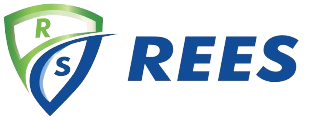Gas Monitoring Systems
Protect People, Products, and Processes with Intelligent Gas Monitoring
Hazardous or unstable gas levels can compromise safety, product integrity, and regulatory compliance in labs, production facilities, healthcare spaces, and storage environments. Rees Scientific provides a portfolio of precision gas monitoring sensors that detect harmful, life-threatening, or process-disruptive gases in real time. Our sensors are designed for accuracy, traceability, and integration, helping you prevent accidents, preserve compliance, and maintain control over your environment.
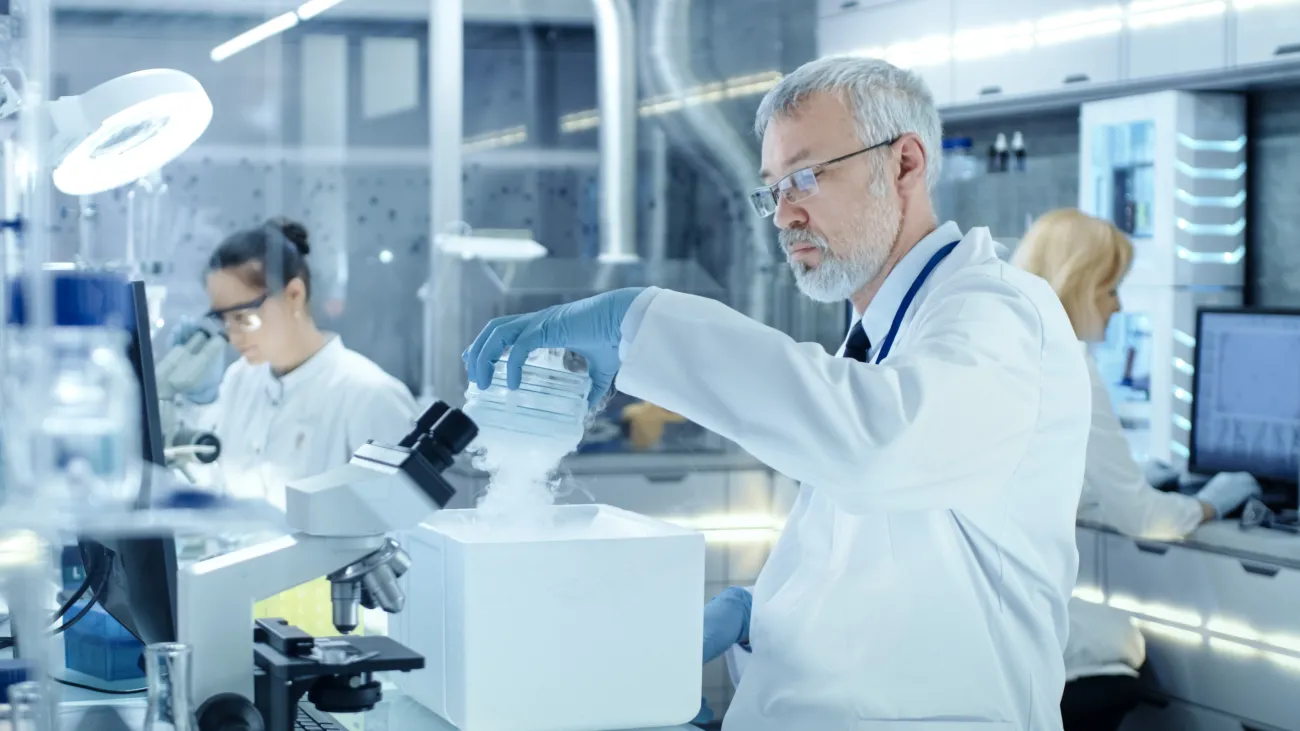
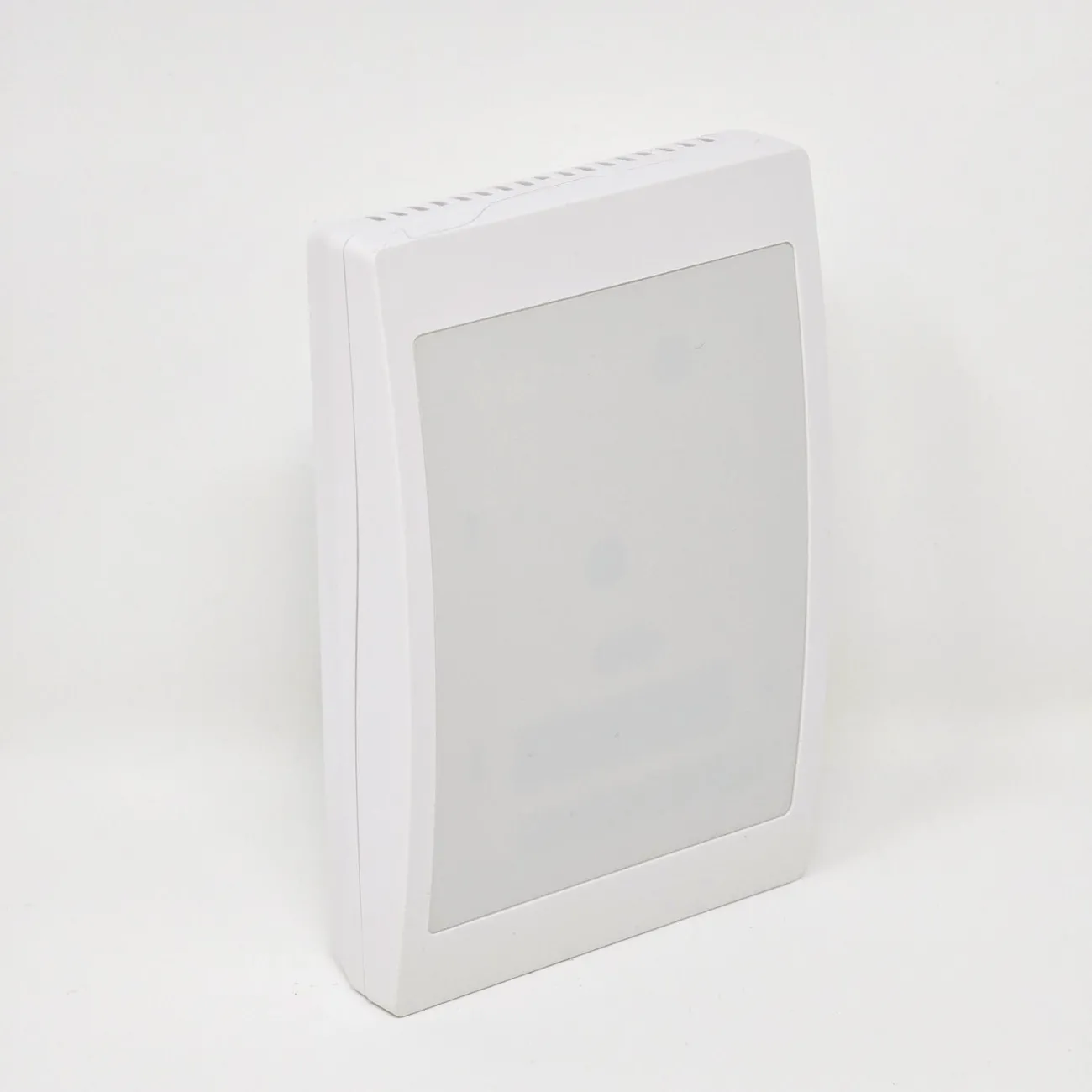
Why Gas Monitoring Matters
Gases such as carbon dioxide, oxygen, formaldehyde, and others play vital roles in scientific and pharmaceutical environments, but they also pose significant risks if left unchecked.
Unmonitored gas levels can lead to:
- Oxygen depletion or enrichment, creating asphyxiation or combustion hazards
- CO₂ buildup in incubators or animal holding rooms
- Formaldehyde exposure in pathology and histology labs
- Ammonia, carbon monoxide, or methane leaks in utility or mechanical rooms
- Noncompliance with OSHA, FDA, USP, or ISO standards
- Personnel safety risks and facility evacuations
Proper gas monitoring ensures that you not only meet regulations, you proactively safeguard your people, equipment, and mission.
Our Gas Monitoring Capabilities
Rees Scientific offers high-accuracy, continuously monitored gas sensors across multiple gas types. These sensors are designed to integrate seamlessly with our environmental monitoring platform, providing centralized alarm notifications, data logging, and regulatory documentation.
Carbon Dioxide (CO₂) Monitoring
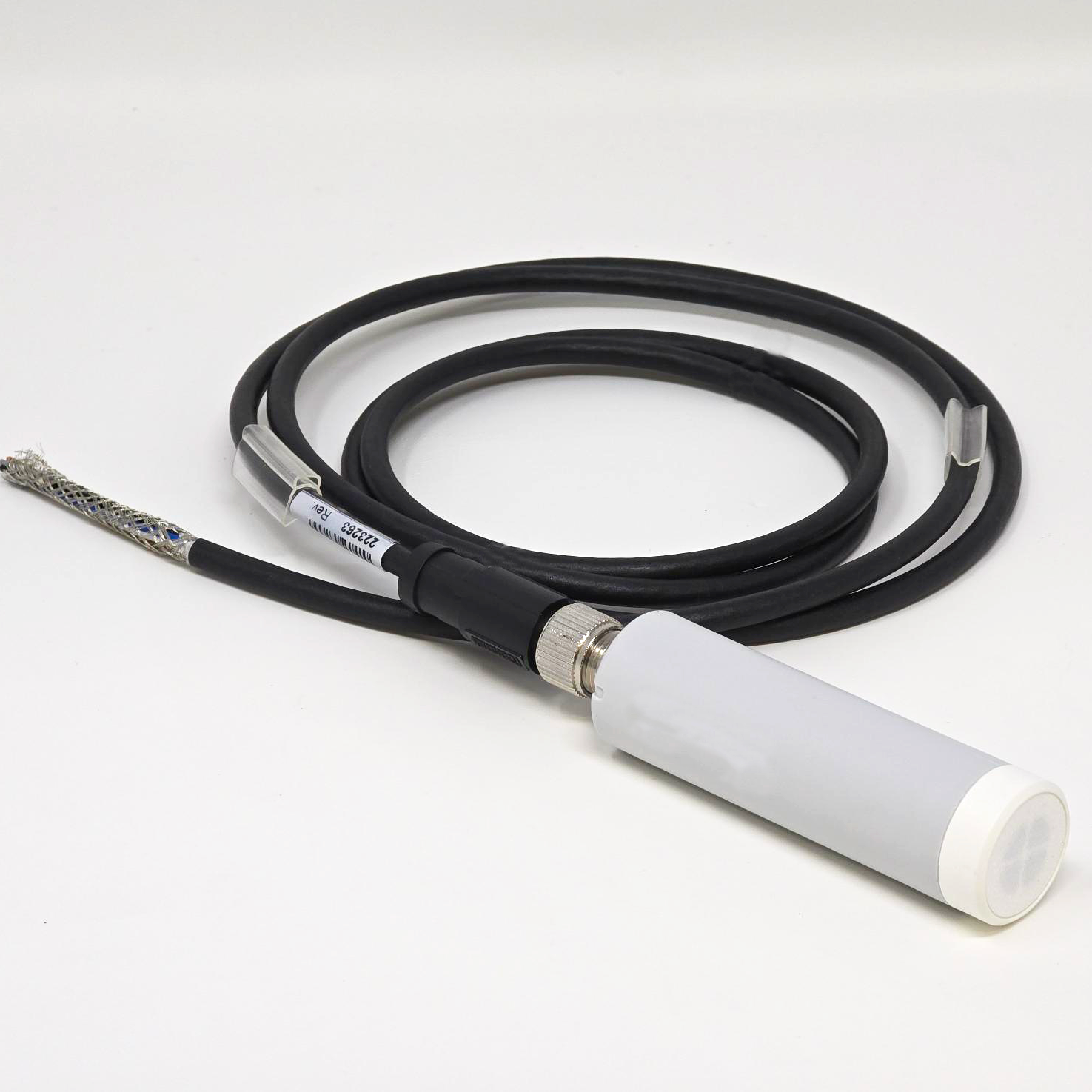
CO₂ is commonly used in incubators and is a byproduct of many lab processes. While essential for certain biological environments, elevated levels can be dangerous to both products and personnel.
Applications:
- CO₂ incubators for cell culture and tissue growth
- Vivariums and animal rooms
- Greenhouses and plant growth chambers
- Controlled environment labs
Oxygen (O₂) Monitoring
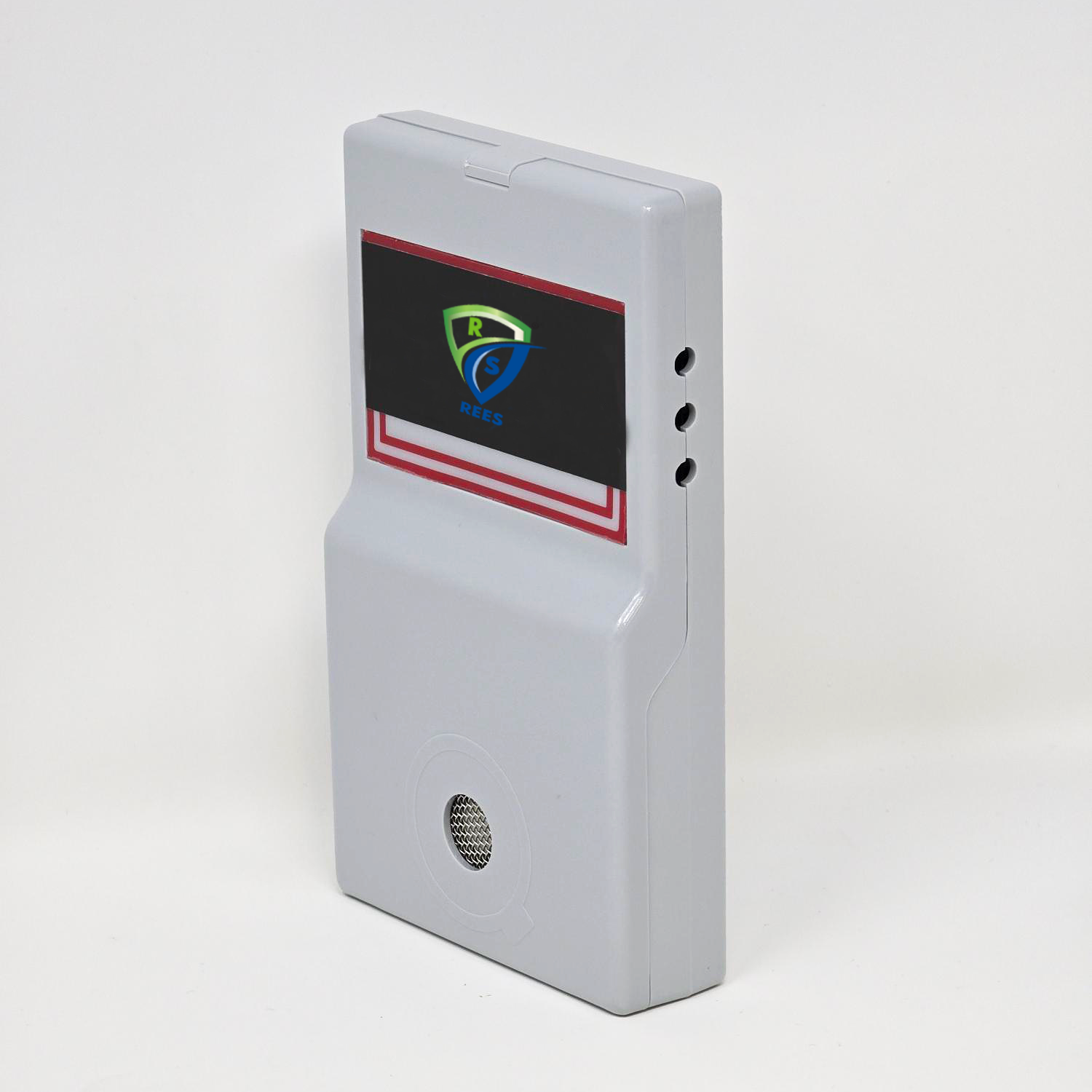
Oxygen levels must remain within safe parameters to protect both people and materials. Whether you're guarding against oxygen depletion in a cryogenic storage room or avoiding oxygen enrichment near flammable materials, Rees offers reliable solutions.
Applications:
- Liquid nitrogen storage areas
- Cryogenic freezers and LN₂ tanks
- Cleanrooms and inert gas environments
- Laboratories handling gases for calibration or research
Other Gas Types (Available Upon Request)
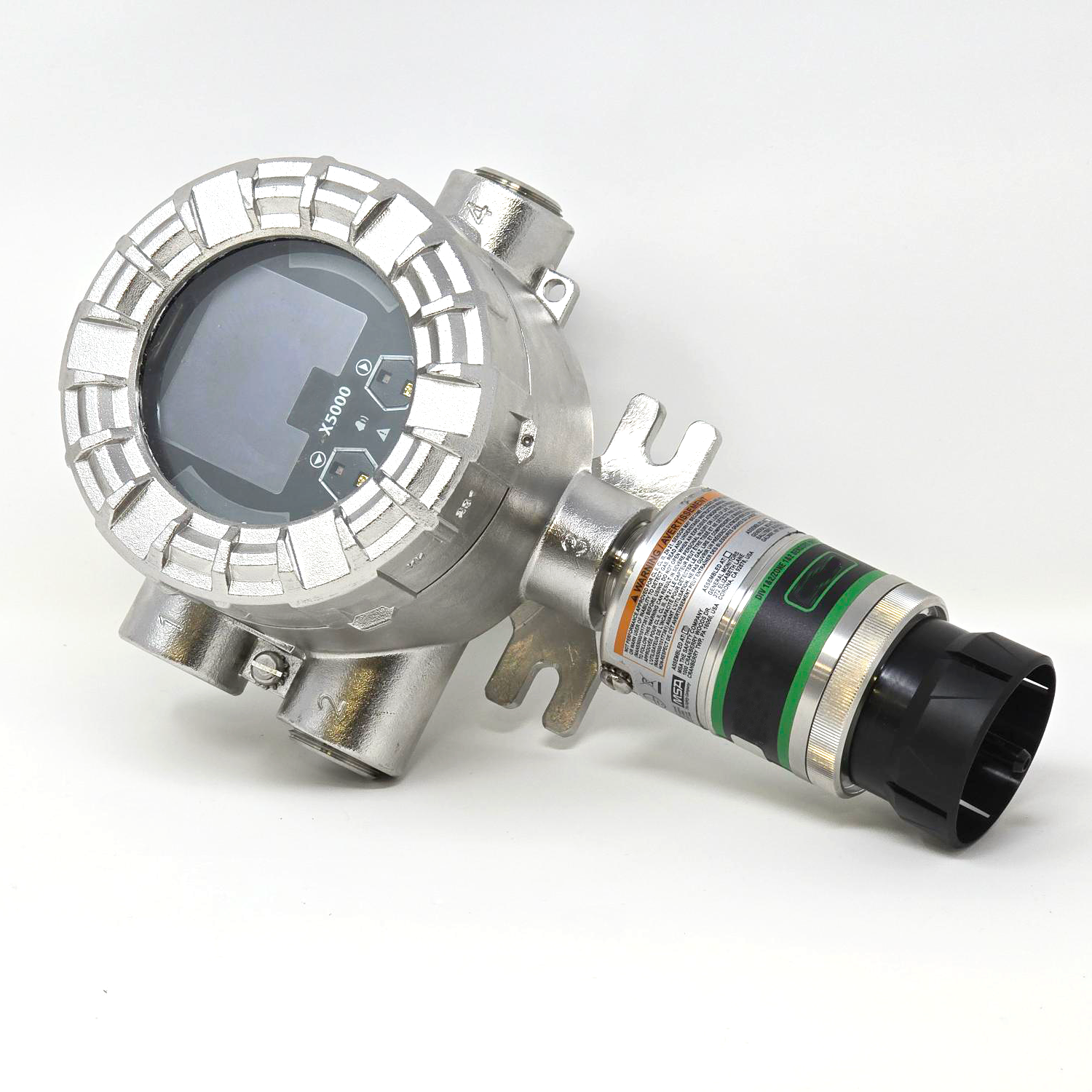
We also support monitoring for gases such as:
- Ammonia
- Carbon Monoxide
- Methane
- Nitrogen (for enrichment/depletion contexts)
- Formaldehyde
These are often required in:
- Mechanical rooms
- Facilities handling compressed gas cylinders
- Cold storage utilities
- Energy plants within healthcare or biomanufacturing campuses
Custom sensors for specialty gases may be available depending on your needs and application. Reach out for consultative support.
Compliance and Regulatory Alignment
Rees Scientific’s gas sensors support the safety and quality standards demanded by regulatory agencies and internal quality teams.
Key compliance touchpoints include:
- OSHA permissible exposure limits (PELs)
- FDA and USDA cleanroom and production guidelines
- USP <797>, <800>, and <1079> for hospital and pharmacy safety
- AABB and CAP recommendations for blood and tissue storage environments
- ISO 17025 traceable calibration certificates (select models)
All data is captured and logged in a 21 CFR Part 11 compliant system, with options for custom alerting, trend analysis, and audit-ready reporting.
Industries We Serve
Our gas monitoring solutions are trusted by leading organizations in:
Biotech & Pharma
- Maintaining safe pharmaceutical and biotech lab conditions during research and development
- Monitoring gas concentrations in formulation and fill/finish zones
- Supporting cleanroom air quality with O₂/CO₂ analytics
Hospitals & Healthcare
- Protecting hospital patients and personnel in pharmacy compounding areas
- Monitoring oxygen and nitrogen usage in medical gas storage rooms
- Detecting gas leaks in hospital building HVAC and infrastructure zones
Research Institutions
- Tracking air quality in vivariums and biosafety labs
- Providing centralized monitoring for CO₂ incubators and cryo storage in biomedical research institutions
Blood & Tissue Banks
- Ensuring safe oxygen levels in LN₂ blood and tissue storage tanks
- Preventing formaldehyde exposure in tissue prep and storage areas
Ready to Breathe Easier?
Let us help you take a proactive, compliant approach to gas monitoring, protecting your people, preserving your research, and powering your mission.
Contact a Rees monitoring specialist today to learn more about our comprehensive systems.
